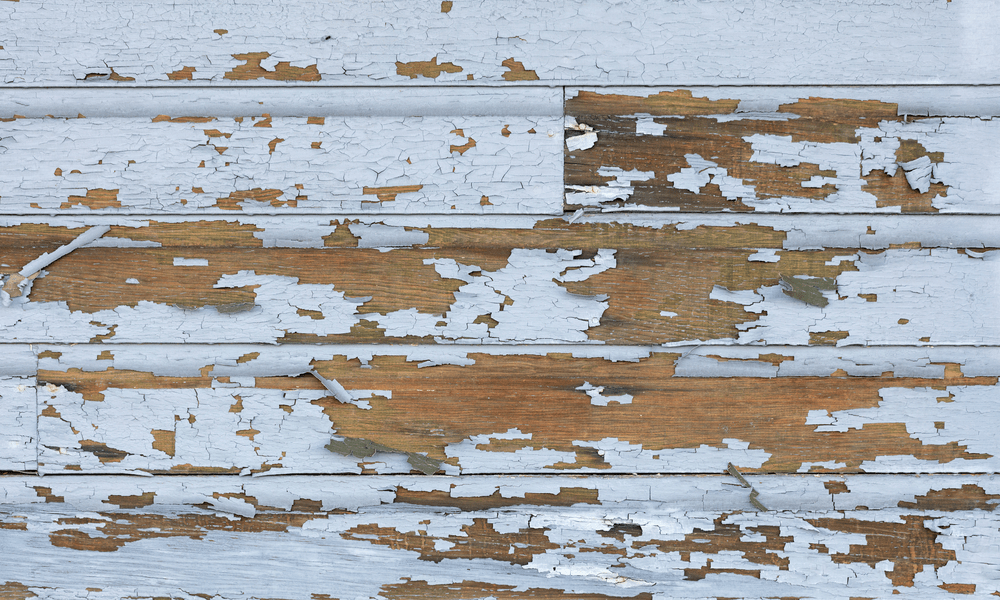Lead-based paint was once widely used in the United States, known for its durability and vibrant color. However, as the health risks associated with lead exposure became clear, there was a concerted effort to limit its use, particularly in homes and buildings. The federal government eventually stepped in to regulate and ban the use of lead-based paint in residential and commercial construction. For homeowners, property developers, and a construction company in New Orleans, understanding when and why this ban occurred is essential for ensuring compliance with safety standards.
The Rise and Fall of Lead-Based Paint
In the early 20th century, lead-based paint was a popular choice for its superior coverage and resistance to moisture. This paint was frequently used in residential properties, schools, and commercial buildings. However, the dangers of lead exposure were not well understood until decades later, when medical research began to link lead poisoning to serious health problems such as developmental delays in children, kidney damage, and even cognitive impairment.
By the 1970s, it became evident that there was a significant public health concern regarding the widespread use of lead-based paint. Health authorities started advocating for stricter regulations, leading to the eventual ban. The U.S. Consumer Product Safety Commission (CPSC) took the first major step by banning lead-based paint for residential use in 1978. After this, the use of lead-based paint was prohibited in newly built homes and for home renovation projects. This regulatory change marked a turning point in construction practices across the country.
Why Was Lead Paint Banned?
The decision to ban lead-based paint came after mounting evidence of its harmful effects, particularly on children. Lead exposure in children can cause irreversible damage to the brain and nervous system, leading to learning disabilities, behavior problems, and slowed growth. Even low levels of lead exposure were found to be dangerous. Pregnant women and adults were not immune to the risks either, facing potential issues such as high blood pressure and reproductive problems.
In a city like New Orleans, where historical homes and buildings are common, there is still a risk of encountering lead-based paint in older structures. For a construction company in New Orleans, awareness and compliance with safety regulations are crucial, especially during renovations of properties built before 1978.

What to Know About Lead Paint in Older Buildings
Even though the use of lead-based paint was banned in 1978, many homes and buildings built before that time still contain layers of lead paint beneath newer coats. If the paint is in good condition, it may not pose an immediate threat. However, when it starts to chip, peel, or deteriorate, lead dust can be released into the environment, posing a significant health risk. For this reason, special precautions are needed when renovating older properties.
The Environmental Protection Agency (EPA) requires that contractors performing renovation, repair, or painting projects in buildings constructed before 1978 be certified and follow specific work practices to prevent lead contamination. Hiring a reputable construction company in New Orleans ensures that the renovation or remodeling project will be handled according to these strict guidelines.
Modern Alternatives to Lead-Based Paint
Since the ban, safer alternatives have become the standard in the construction industry. Today’s paints are formulated without harmful substances like lead and provide similar benefits in terms of durability and color. Modern paints are also more environmentally friendly and contribute to healthier indoor air quality. When renovating older properties, it’s recommended to completely remove the lead-based paint where possible or seal it with a new, safe coat.
Conclusion
Understanding the history of lead-based paint and its ban is important for anyone involved in property renovation or real estate. If you’re considering renovating an older home or investing in property in New Orleans, be aware of the potential for lead-based paint hazards. It’s wise to work with a professional, certified construction company in New Orleans like Legacy Construction and Development to ensure compliance with all safety regulations and to protect the health of your family and tenants.
Ready to begin your renovation project? Contact us today to get a free estimate and learn how we can help you bring your vision to life while keeping your property safe and up to code.

